From Chaos to Masterpiece: The Ultimate Guide to Process Art for Preschoolers
Are you looking for the ultimate guide to process art supplies for your preschooler? Look no further! Our comprehensive guide has everything you need to know about the must-have supplies for your little artist. From paints and brushes to sensory materials and more, we’ve got you covered. Check out our guide below.
What is Process Art?
Process art is a type of artistic expression that prioritizes the creative journey rather than the final product. It is a child-centered approach that encourages exploration, experimentation, and self-expression through art. In process art, the emphasis is on the process of making art, rather than the end result.
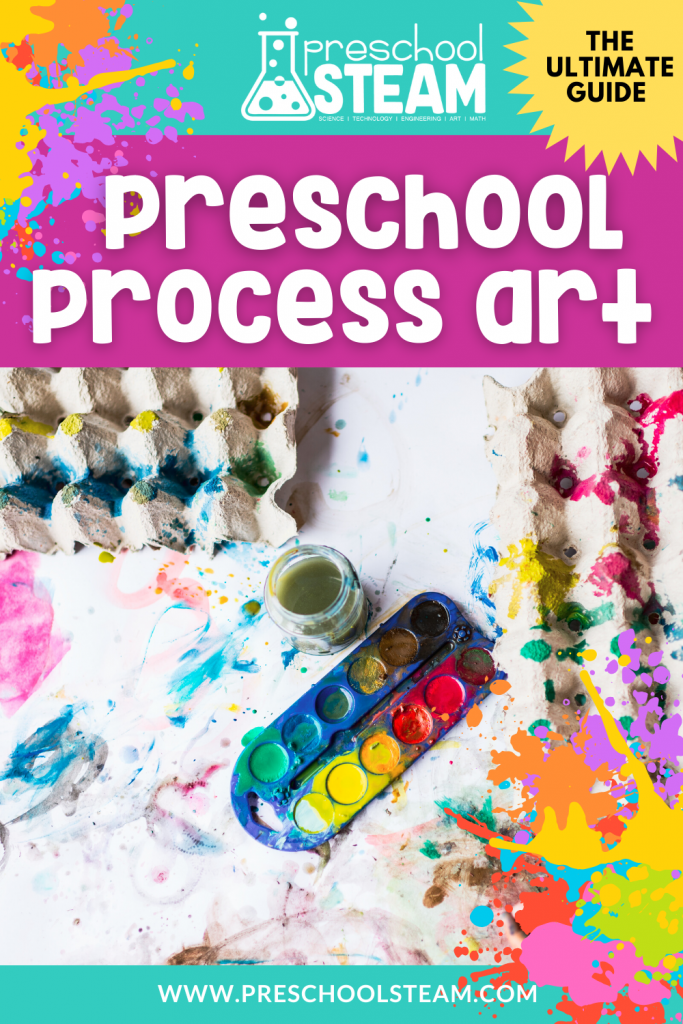
When children engage in process art, they are free to explore and experiment with materials, colors, and techniques. This type of art encourages children to express themselves freely and to make connections between their thoughts, feelings, and the art they create.
In traditional art, the focus is on producing a finished piece that is aesthetically pleasing and meets certain criteria. However, in process art, there are no restrictions or rules about what the final product should look like.
Instead, children are encouraged to use their imagination and creativity to explore new ideas and techniques.
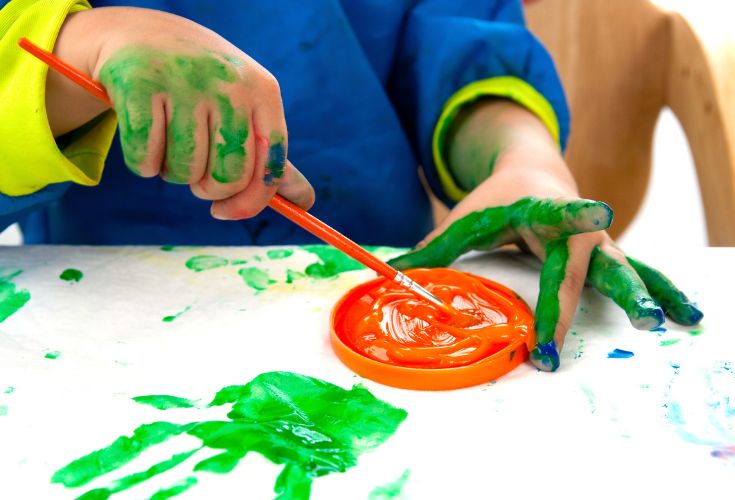
What are the benefits to process art for preschoolers?
One of the key benefits of process art is that it helps children develop their fine motor skills and hand-eye coordination. When children use their hands to create art, they are building muscle memory and improving their dexterity.
In addition, process art can also help children develop their problem-solving skills as they learn to think creatively and find new solutions to challenges they encounter while making art.
Another benefit of process art is that it encourages self-expression and helps children build self-esteem. When children are free to explore and express themselves through art, they feel valued and appreciated. This can help build their confidence and sense of self-worth, which is especially important for young children who are still developing their sense of identity.
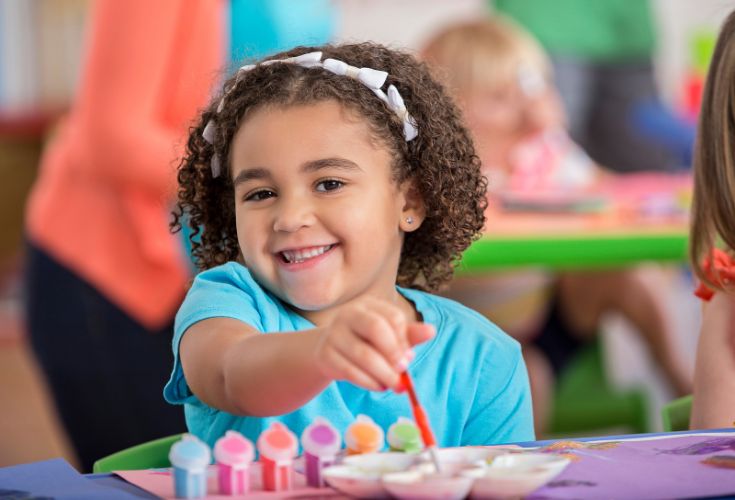
Why add process-art to your learning environment?
Process art is a valuable form of artistic expression that prioritizes the creative journey over the final product. It encourages children to explore, experiment, and express themselves freely, helping them develop fine motor skills, problem-solving skills, and self-esteem. Whether you’re a parent, teacher, or caregiver, encouraging children to engage in process art can have a positive impact on their overall development and well-being.
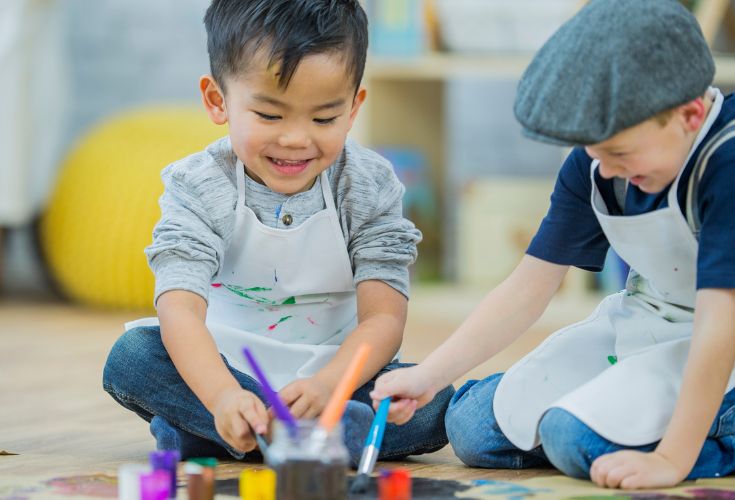
How to Faciliatate Process Art
Facilitating process art for preschoolers can be a fun and rewarding experience, providing children with a space to express themselves, explore their creativity, and develop new skills. Process art doesn’t mean it needs to be a free-for-all.
Whether you’re a parent, teacher, or caregiver, here are some tips on how to facilitate process art for preschoolers in a safe, nurturing, and educational environment.
- Create a safe and nurturing environment: Children should feel free to express themselves and explore their creativity in a safe and nurturing environment. Make sure the space is free of sharp objects or materials that could cause harm, and provide plenty of supplies for children to use. Model how to use the tools or materials if needed. Model how to clean up. It’s okay to set boundaries for example, no painting on the wall (unless that’s part of the process)!
- Encourage exploration and experimentation: Process art is all about exploring and experimenting, so spark curiosity by introducing preschoolers to new materials and techniques. Provide a variety of supplies, such as paint, paper, scissors, glue, and other materials, and let children choose what they want to use.
- Set up different stations or process art centers: Create different stations or areas within the space where children can explore different materials and techniques. For example, set up a painting station with paints, brushes, and paper and a collage station with scissors, glue, and a variety of materials.
- Provide guidance and support: While process art is all about exploring and experimenting, preschoolers still need guidance and support to help them get started. Offer suggestions and encouragement, but don’t dictate what they should create or how they should create it.
- Focus on the process, not the product: The focus of process art is on the process of making art, not the final product. Encourage preschoolers to enjoy the experience of creating and exploring, and avoid evaluating or critiquing their creations.
- Encourage dialogue: Encourage preschoolers to talk about their creations and the process of creating them. Ask questions, listen, and encourage them to express their thoughts and feelings. This type of dialogue helps children develop their verbal communication skills and encourages them to think and articulate their ideas.
- Create opportunities for collaboration: Process art can also be a collaborative experience, where preschoolers work together to create a shared project. Encourage teamwork by setting up group art activities, where children can work together to create something new.
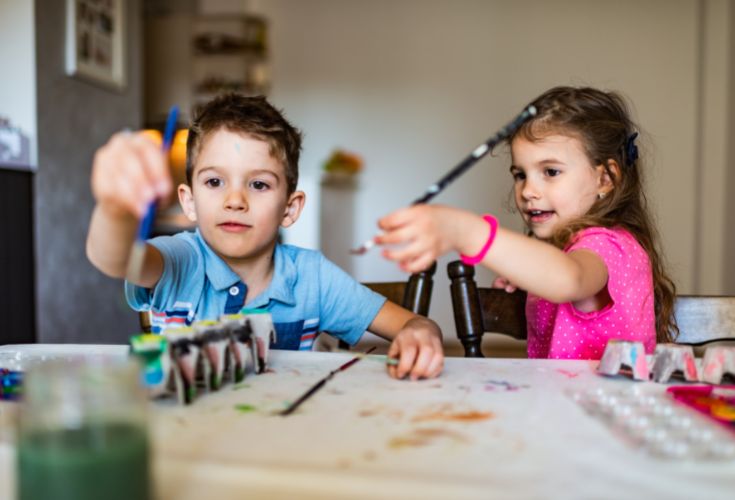
Facilitating process art for preschoolers can be a fun and rewarding experience, providing children with a space to express themselves, explore their creativity, and develop new skills. By creating a safe and nurturing environment, encouraging exploration and experimentation, focusing on the process, and encouraging dialogue and collaboration, you can support preschoolers as they engage in this valuable form of artistic expression.
Want a step-by-step framework for implementing more process art?
Check out our Process Art Adventure a new training now available inside the Member Lab.
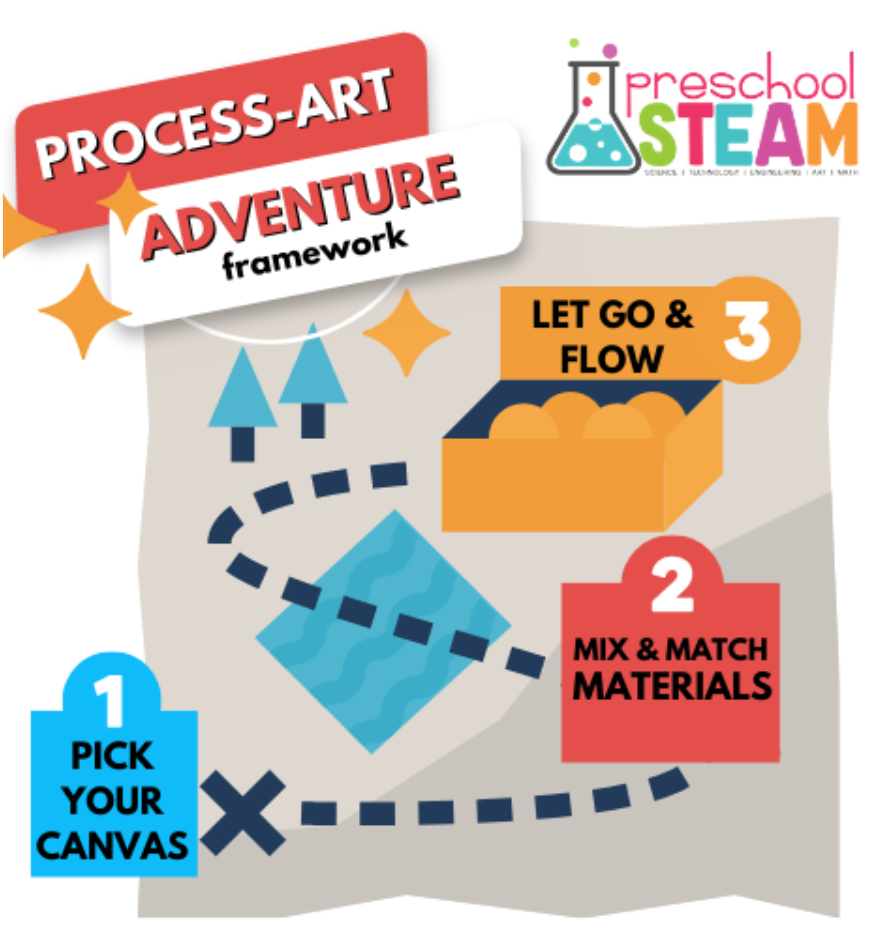
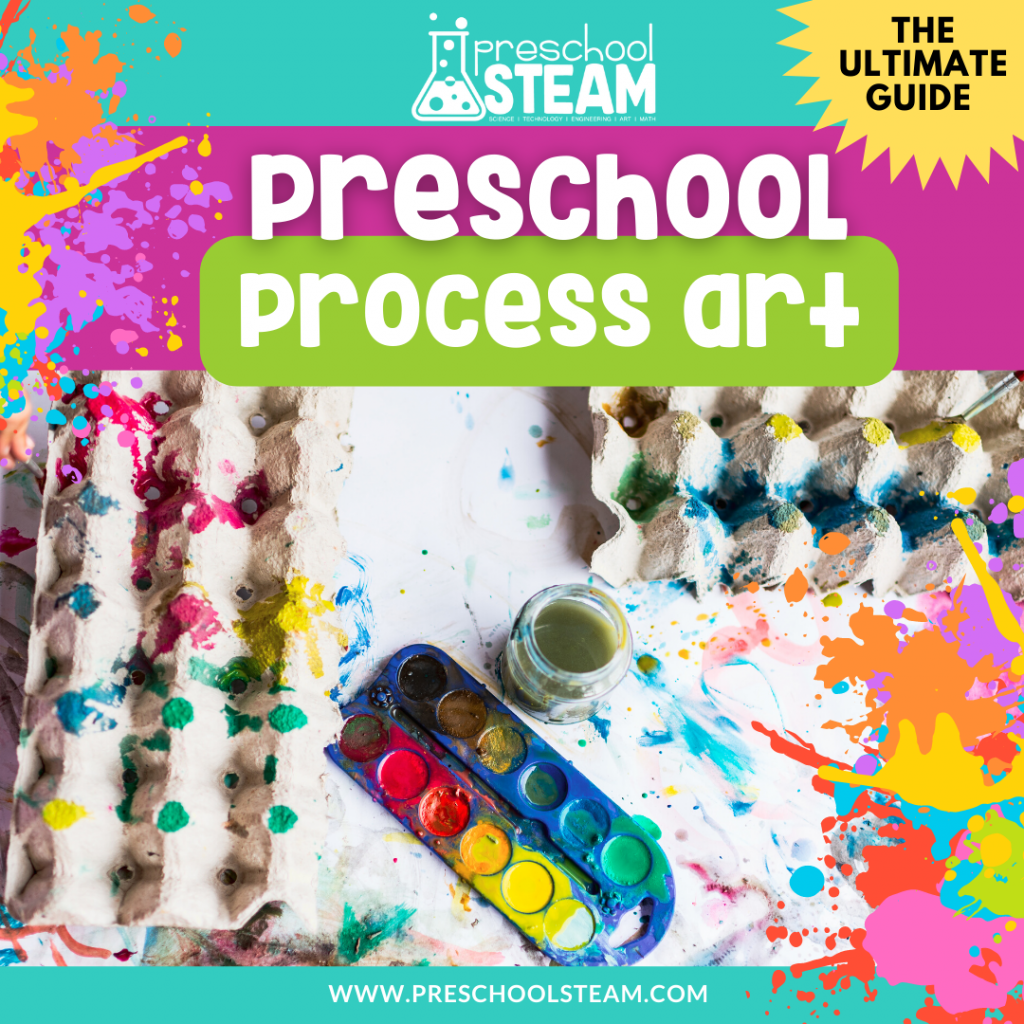
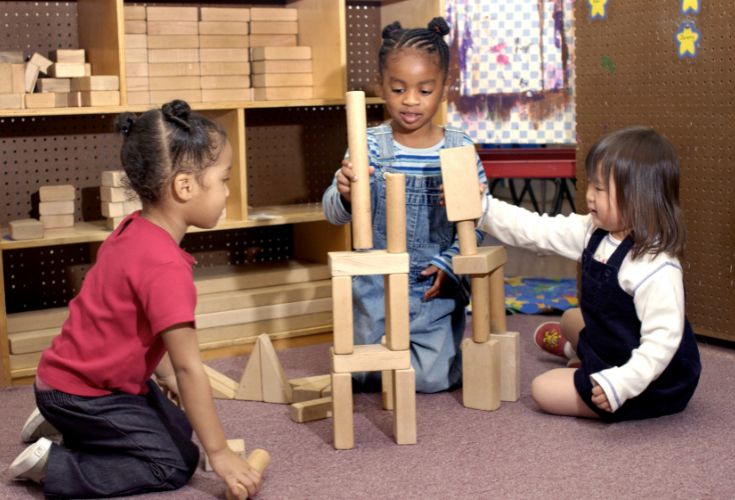
Leave a Reply